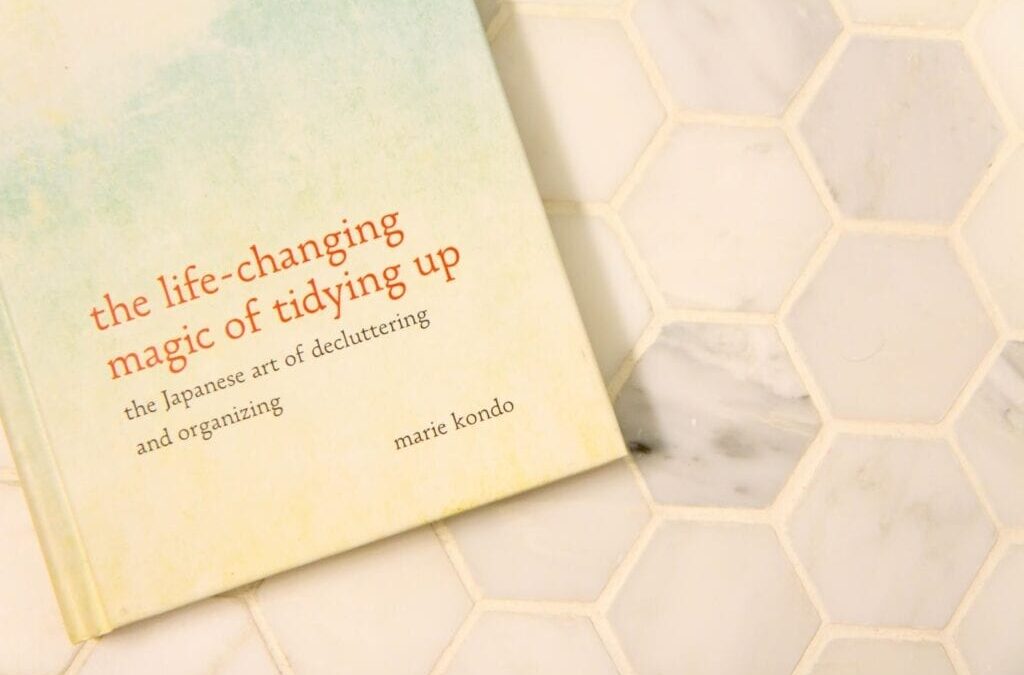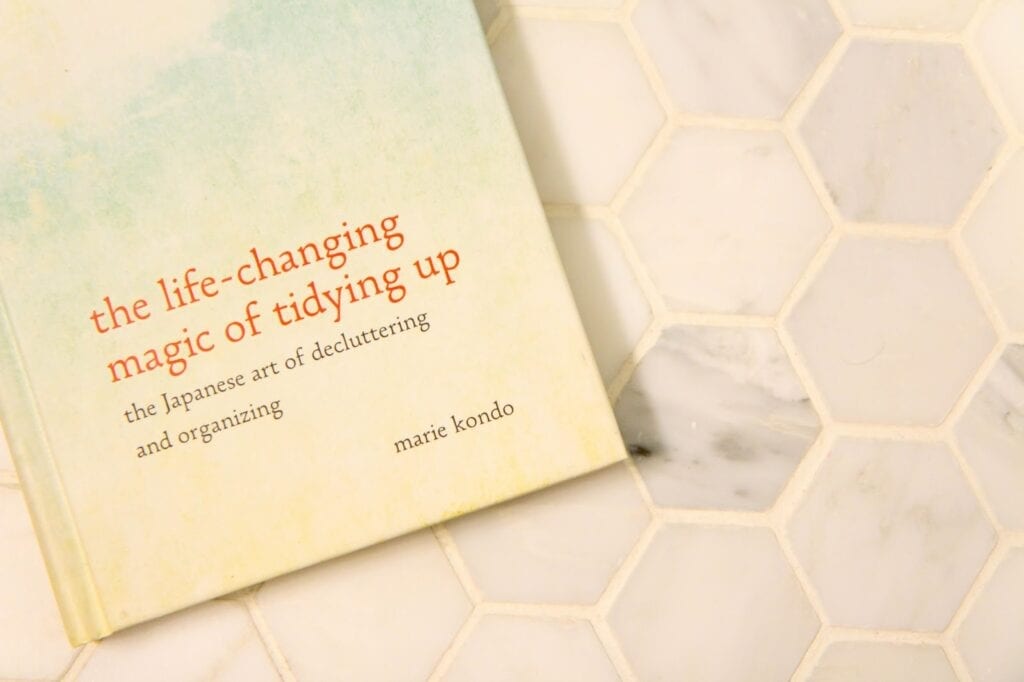Like most things I waited for the hype surrounding Marie Kondo’s The Life-Changing Magic of Tidying Up to die down before I grabbed a copy. I know that if I rode the hype train every day I’d be broke and in possession of too many things I didn’t really want. So the waiting game is my best method to guaranteeing I don’t just want something because it’s popular. This book I definitely wanted.
Now if you are one of two people in the world who haven’t read this book yet, then let me tell you it’s a pretty drastic, all-in guide that most won’t take everything away as gospel. I myself left some ideas to the wayside knowing that they just wouldn’t work for me. That’s totally ok. You have to find what works for you. This book just really makes you figure that out. Here’s what it taught me.
- If it doesn’t spark joy you don’t need it. Of course at first I thought this was a bit nuts. I thought that there would be so many things in my life that didn’t spark joy, but I definitely still needed. Pots and pans for example; not world changing things. Yet I sat down with all of my things and asked myself the question, and I started to see that some things (even pots and pans) made me happier than other things. So the things that made me happy I kept.
- You don’t feel regret for getting rid of things. I thought I would. I paired down my memory box quite a lot to photos and items that really spoke to me. I thought for sure I’d feel regret the next day about throwing out photos from old birthday parties and journals from the fourth grade. But I don’t. Kondo talks a lot about holding onto the past and the fear of the future guiding people into keeping things they don’t really need. She also speaks about how we shouldn’t hold on to things to remember every single event in our lives. We’ll naturally remember the really important ones and the other memories of events have already served their purpose. They’ve shaped us to be who we are now. I completely get this and feel so much lighter for only having the mementos that speak to me.
- Objects have feelings. And I don’t mean that in a Sesame Street kind of way. Objects have a purpose and a life span with a person. A house wants to shelter you and keep you safe. Clothes want to protect you and keep you warm. It’s important to have respect for these objects because they’ll be able to do their job better. It’s when they no longer have respect that they no longer serve a purpose. So that sweater you just never wear anymore deserves to feel respect from someone else. It needs to move on.
- To appreciate my things and thank them for what they do for me. And it’s made a crazy difference in my happiness. I say goodbye and hello to our house every time we come and go and it gives me a relationship with my home. I thank old objects for what they’ve done for me before I donate them or throw them away. I feel so much more in touch with my belongings and my emotions doing this. It just feels right to do.
- I was already ready for the change. I just needed a push to do it. I had already started getting rid of unnecessary clothing and random objects. I just needed the final shove to tackle everything else in my life. Kondo made it feel so obvious, like I was already doing it but just not to the best of my ability.
- Everyone’s peace with their belongings is different. What I feel like is enough isn’t necessarily what you’ll find to be enough things. There isn’t a yard stick to measure your success in decluttering. You’ll know if you half-assed it or have gone to your limit.
I have a feeling I’ll return to this book a year or so down the line and have a completely different relationship with it. It really makes you think about what your belongings actual are to you and how to interact with them. Things no longer feel like things and that’s a crazy feeling.
Have you read this book? What did you think?
xoxo Kayla




